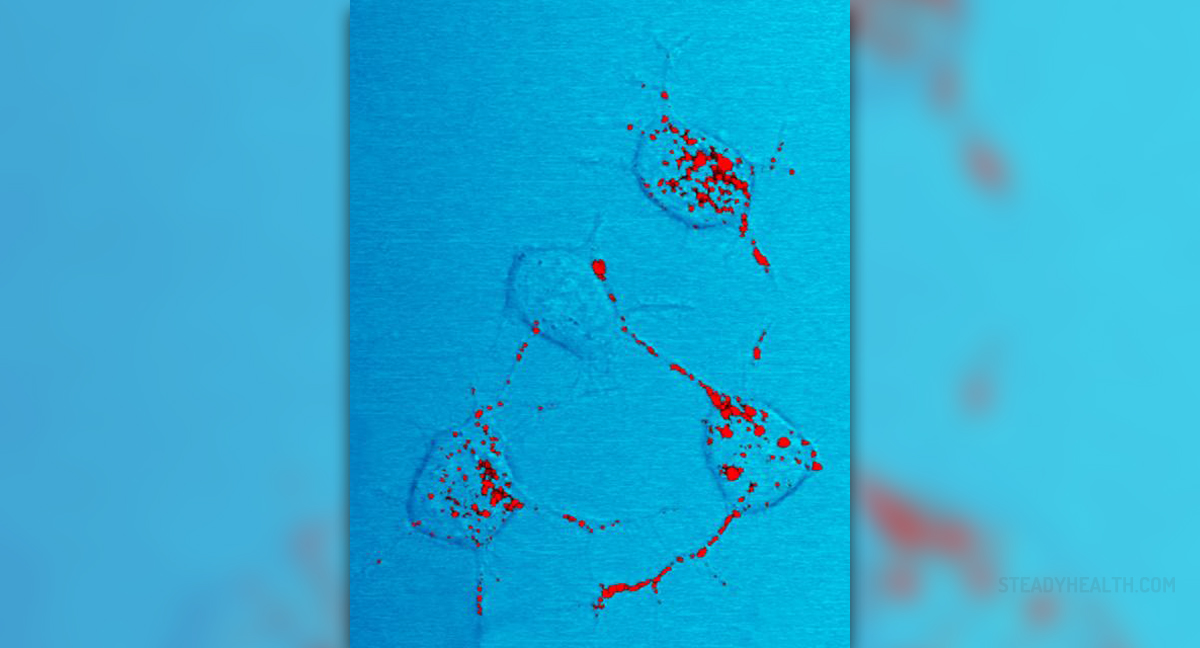
Definition
Prion diseases are relatively rare but highly fatal illnesses that affect both animals and humans. There are different classifications of prion diseases. These illnesses are also known as transmissible spongiform encelopathies. The incubation period of prion diseases is rather long and they cause specific spongiform changes with accompanying neuronal loss. As the very name suggests, the underlying cause of transmissible spongiform encephalopathies is a prion, an abnormal agent (misshapen protein molecule) that can trigger severe brain damage and is ultimately blamed for lethal outcome. Once the symptoms and signs of prion disease occur, the disease progresses rapidly inevitably leading to death. Unfortunately, there is no cure for prion diseases.
All prion diseases can be easily classified into those affecting humans only and prion disease that typically occur in animals. Creutzfeldt -Jakob disease (CJD), variant Creutzfeldt -Jakob disease (CJD), fatal familiar insomnia and kuru are all human prion diseases. Bovine spongiform encephalopathy, chronic wasting disease (CWD), scrapie, transmissible mink encephalopathy, ungulate and feline spongiform encephalopathy, on the other hand, affect animals.
Transmission
Prion disease can be familiar, occur sporadically and be acquired. When it comes to animals scientists believe that infection takes place due to ingestion of prions. They are found in remains of dead animals and are also identified in urine, saliva and other bodily fluids. Nevertheless, prions may additionally linger in the soil after decomposition of dead animals and bind to clay and other such substances.
Manure is another potential source of highly dangerous prions as it was proven by Nobel Prize winner Stanley Prusiner. Manure can be localized near water reservoirs, may easily contaminate water and crop fields and trigger widespread transmission. Furthermore, researchers confirmed that some prions can be spread via aerosol particles and they can be even present in urine-derived human menopausal gonadotropin, a hormone administered in women suffering from infertility which puts these women at risk of contracting dangerous proteins.
As for interhuman transmission it is rather rare. For instance, there have been several cases when CJD has been transmitted by inadequately sterilized instruments and via EEG electrodes. vCJD may be transmitted not only from cows to humans but there may also be interhuman transmission.
Scientists have confirmed the importance of lymphoreticular system in vCLD. According to them the risk of every day surgery regarding transmission of prions is rather high when lymphatic tissue of tonsils, appendix and lymph nodes can be a source of prions. In this case even blood can become the potential source of prions.
Diagnosis and Treatment
As for diagnosing prion disease this is a rather problematic field because incubation period may last from several months to decades. The entire period of incubation is practically asymptomatic. Within this period of time disease-related PrPSc may already form from its precursor, a normal brain PrP protein. Yes there may be sufficient amounts of PrPSc but these cannot be obtained from blood or urine which makes diagnosing the disease very hard.
The only way to confirm the disease is with the assistance of neuropathological and immunohistochemical methods on brain tissue obtained after death of the affected individual.
In 2010 a new technology known as Surround Optical Fiber Immunoassay (SOFIA) together with amplification and certain antibodies against PrPSc allowed scientists to isolate PrPSc in blood of the infected animals before they started to exhibit symptoms and signs of the very disease. This gives us hope that in future even humans may be confirmed to have these proteins in their brain and receive treatment on time, during incubation period.
Many advancements in the medical world have allowed medical experts to identify compounds that can be of major importance for eradicating prions from one's body. One of these compounds is confirmed to bind a cavity in the PrPC and prevent severe and detrimental effects of PrPSc by reducing the number of these particles.
There is one more approach that has been described recently including administration of anti-prion antibodies that easily cross the blood-brain-barrier and target directly prions present in the brain. Finally, several years ago it was discovered a way to degrade these harmful proteins. This includes lichens, simple plants consisting a fungus that create a symbiotic connection with algae, growing in a form of a low crust like growths on rock, walls and trees.
By using infected tissue culture cells scientist test many compounds and different molecules which will hopefully be efficient against abnormal prions proteins. Finding a suitable inhibitor is still a challenge worth of further trying.
Once the treatment is found, people should not be worried any more because prion diseases will not be able to cause such a severe damage to brain tissue and trigger lethal outcome in such a short period of time. Until then, we all hope that the number of cases will not increase and with certain protection individuals will be able to prevent the disease from occurring, therefore avoid inevitable death.


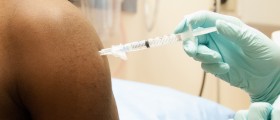

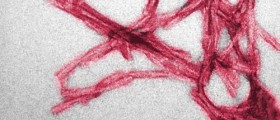



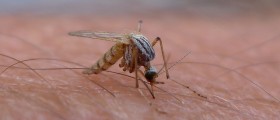

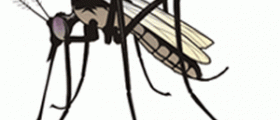


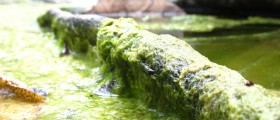
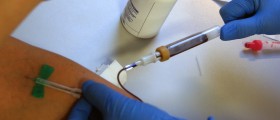
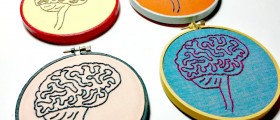
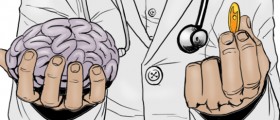
Your thoughts on this
Loading...